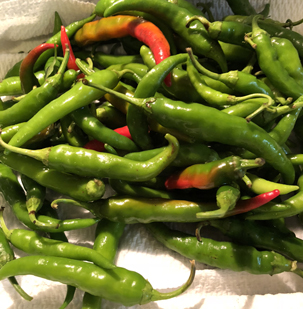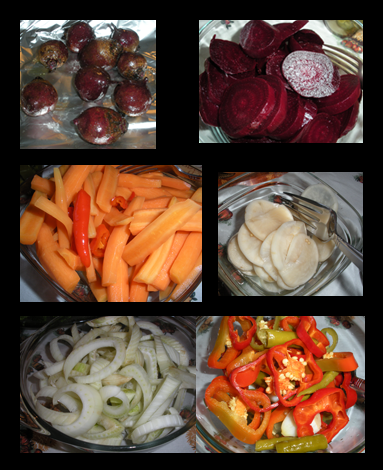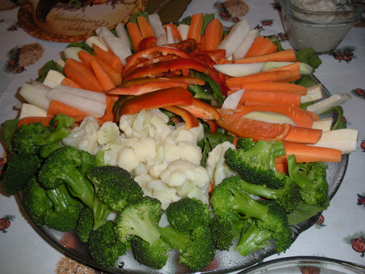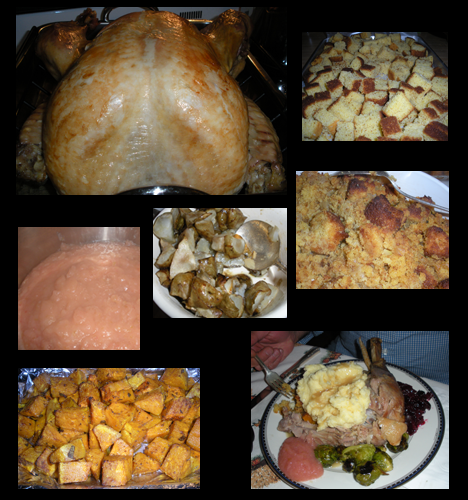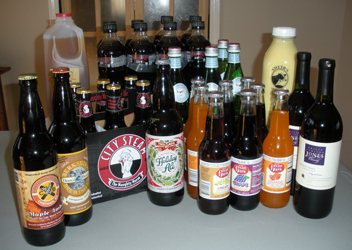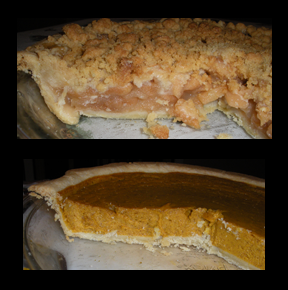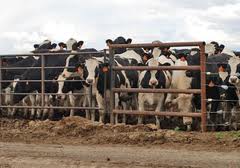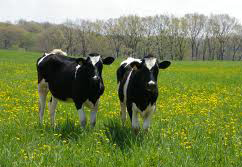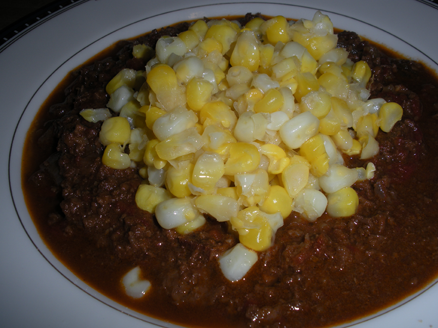I love a good hot pepper relish to spread on my sandwiches. Not too hot. It needs to have flavor but also just enough zing to make a sandwich more interesting. Last year, I got some green tomatoes and hot peppers from a friend and thought that would make a flavorful relish, and yes, it was flavorful, but it turned out to be too mild. It was pretty hot when I taste-tested it but once it had to compete with the rest of the sandwich, it lost its zing.
This year, I got some hot Thai peppers from Daffodil Hill Growers and thought I’d use them in my next attempt. There are many kinds of Thai chili peppers and these are not the super hot ones you’d get in a Thai restaurant. Due to a series of unfortunate events, Daffodil is unable to determine the exact name of this pepper. Maple Bank Farm has a very similar looking (and by similar I mean identical) hot chili pepper that they said is Ring of Fire. Their Ring of Fire pepper is similar in heat to their hot red cherry pepper.
I’m finding conflicting Scoville heat ratings on both the Ring of Fire peppers and the hot cherry peppers. 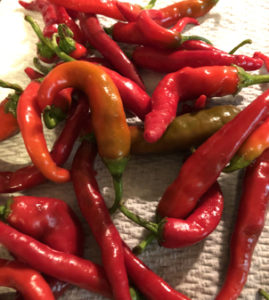 For example, this place says Ring of Fire is 70,000-85,000 Scoville units while this place says 20,000. I wonder if this device is a real thing? Certainly, it would settle a lot of ambiguity.
For example, this place says Ring of Fire is 70,000-85,000 Scoville units while this place says 20,000. I wonder if this device is a real thing? Certainly, it would settle a lot of ambiguity.
All this is to say, I can’t give you a definitive name nor the actual Scoville rating of either pepper. Practically speaking, both of these hot peppers are in the jalapeño neighborhood of heat, give or take.
Speaking of Maple Bank and hot red cherry peppers, these are the other peppers I used in my mix.
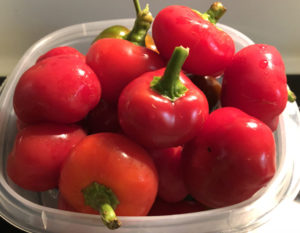
I made a small batch of the relish I mostly following this recipe. I used:
- 9 oz Daffodil’s green Thai chili peppers (including the seeds)
- 10 oz Maple Bank’s hot red cherry peppers (including the seeds)
- 10 oz of red onions from Fort Hill Farm
- 3 garlic cloves from Mountain View Farm
- 4 tsp sea salt
- 3/4 cup apple cider vinegar
- 6 Tbsp of Woodbury Sugar Shed‘s honey
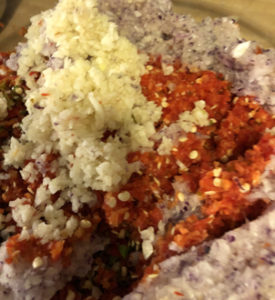 Chop the peppers, onions, and garlic in the food processor. Bring the vinegar, honey, and salt to a boil, add the chopped veggies, and simmer for 10 minutes. Let it cool, then put it in jars and into the refrigerator. I give it about a week for the flavors to develop before diving in.
Chop the peppers, onions, and garlic in the food processor. Bring the vinegar, honey, and salt to a boil, add the chopped veggies, and simmer for 10 minutes. Let it cool, then put it in jars and into the refrigerator. I give it about a week for the flavors to develop before diving in.
It was a huge hit at my company’s picnic, which consisted predominantly of engineers, so there’s that.
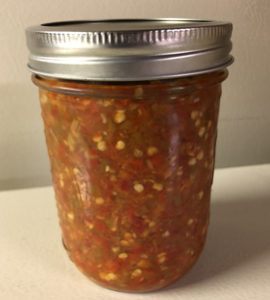
Realizing I was going to need a lot more peppers to make enough to last the year, I quickly engaged my farmers at Daffodil and Maple Bank and over the next few weeks, they scrounged up enough peppers for me to make 5 more pints. Thanks!!
If you’re curious about how the Scoville scale works, see this article.
